Once upon a time whisky distilleries and their warehouses were full of workers wandering around in blue overalls, keeping the spirit flowing .
They oversaw the liquid’s passage through the stills and from time to time shifted casks of maturing Scotch around in the sheds.
Fast-forward to today and the face of whisky making is changing, with job titles appearing on the duty roster that would have been unimaginable just a generation ago.
Influx of new skills
Distillers, blenders and maltsters are starting to rub shoulders with data analysts, computer programmers and robot supervisors in the canteens of Scotland’s whisky producers.
Chivas Brothers – the company behind brands including Ballantine’s, Chivas Regal and The Glenlivet – has already installed two giant orange robotic arms and a rolling-road conveyor belt at its warehouse in Keith.
Introducing automated systems and the digital technology needed to support them is creating a host of different jobs for its workforce.
“The types of roles I’m now recruiting for are things like data analysts – that’s a fairly big change,” explained Brian MacAulay, malt distilling and operations director.
“A few years ago, we wouldn’t have been looking to take on data graduates in warehouses in the whisky industry, but now we are, which is really positive.
“It’s easy to use phrases like ‘big data’, but here we’re actually starting to use those systems that will produce large amounts of data about processes, efficiencies and casks.”
We’re now moving towards optimisation and that’s driving new skills and new jobs.”
Brian MacAulay, malt distilling and operations director, Chivas Brothers
He added: “We’re getting more data and more information as we introduce new systems and automation, and we’re hiring people to analyse that data, so that we can understand how we can become more efficient and continue to improve the business.”
“We’ve historically had quite traditional, paper-based operations, but we’re now moving towards optimisation and that’s driving new skills and new jobs.”
Mr MacAulay is also chairman of the Developing the Young Workforce project in Moray, which works with employers to give young people more opportunities to develop the skills they need for jobs.
“I get involved with schools and colleges, and so do all my team, he said, adding: “A lot of people talk to me about the ‘jobs of the future’, but really these jobs are already here.
“Businesses like ourselves and those in other industries are actually needing people today with these different skills.
“These aren’t jobs you necessarily associate with Scotch whisky, but they are here, now.
“That’s really exciting for young people coming out of school or college.”
Knowledge transfer partnership
Brands are also teaming up with data experts to analyse production and maturation.
Diageo – Scotland’s largest distiller and the owner of Speyside sites including Cardhu and Dufftown, as well as Highland whisky-makers such as Dalwhinnie and Talisker – has launched a three-year knowledge transfer partnership with Heriot-Watt University to study what goes on inside a barrel to make or national drink taste the way it does.
“This project will develop a new machine learning tool, backed by huge amounts of data, that will make sure the right barrels are used for the right amount of time to produce the right flavour characteristics in a given whisky,” said Matthew Crow, research partnerships manager with Diageo’s global technical team, when the scheme was unveiled in March.
Scientific equipment will be used to study the casks, with flavour assessments being carried out by blenders, coopers and distillers.
Martin McCoustra, professor of chemical physics at Heriot-Watt, said: “All this data will be used to train a machine learning system that will predict what the flavour quality of the whisky could be.
“Placing sensory data at the core of that machine learning system puts the craft of the industry at the centre of the science.”
A changing supply chain
It is not just the distilleries and warehouses that are undergoing a digital transformation – data is flowing through the whisky industry’s supply chain too.
Lucy Nicoll, associate director at recruitment firm Eden Scott’s office in Aberdeen, has noticed the impact inflation is having on the types of jobs being created.
She said: “The focus remains on profitability and efficiencies, but we are seeing investment in automation and artificial intelligence across the supply chain, with the increased costs of raw materials, packaging, and shipping.
There is more focus on data science and business intelligence.”
Lucy Nicoll, Eden Scott
“This is creating more technical-based jobs, particularly within the supply chain.
“There is more focus on data science and business intelligence (DS/BI), which makes sense.
“Every industry is looking at new and innovative ways technology and data can help drive business.
“Most of these DS/BI roles are looking at ways to modernise internal processes, technologies and approaches to drive efficiencies.”
Away from the nuts and bolts of getting grain and other raw materials into the distilleries and managing the litres of spirit that come out, the industry is handling more data around marketing and sales, including information gathered at visitor centres.
Ms Nicoll c0ntinued: “The whisky companies are also delving deeper into consumer behaviour data to try and change perceptions and the target market.
“Take Johnnie Walker, for example – the customer data they are deriving from their profiling at their ‘experience’ in Edinburgh is fuelling the marketing and engagement strategies to open up whole new markets.”
As with so many industries, the coronavirus pandemic has accelerated change in the Scotch market, which is reflected in the roles being created.
“We see more data-driven decision-making within procurement, and data analysts from other sectors – like financial services – moving into the whisky industry,” Ms Nicoll said.
Global Covid lockdowns have ‘dramatically changed behaviours’
She added: “The pandemic has, in many ways, increased the pace of change.
“Our clients were always acutely aware of e-commerce solutions and innovative ways to interact with customers through digital technologies.
“However, global lockdowns have dramatically changed behaviours.
“More organisations will be investing in roles which allow them to engage customers through different digital platforms in their locality.”
The types of data roles being created in the industry are also changing, with candidates expected to not only analyse the data but also put it to work.
Ms Nicoll explained: “We’ve always seen a relatively small focus on data analysis – in comparison to financial services, for example.
“More recent data-driven roles within the whisky industry have required an ability to utilise data in a smarter way and drive business decisions.
“In many areas, I expect the traditional ‘data analyst’ job title to decline in popularity in favour of DS/BI-focused posts that require a more comprehensive skillset and deeper understanding of data modelling and predictive analytics.”

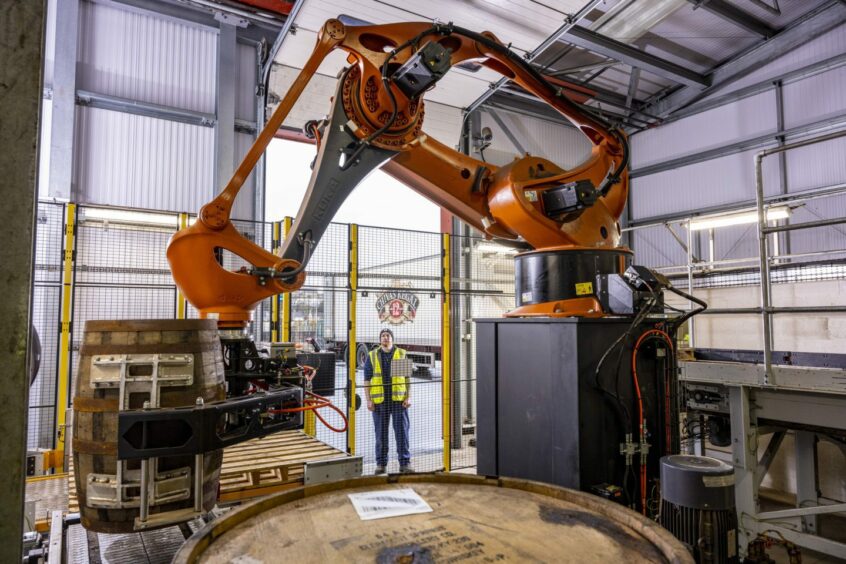

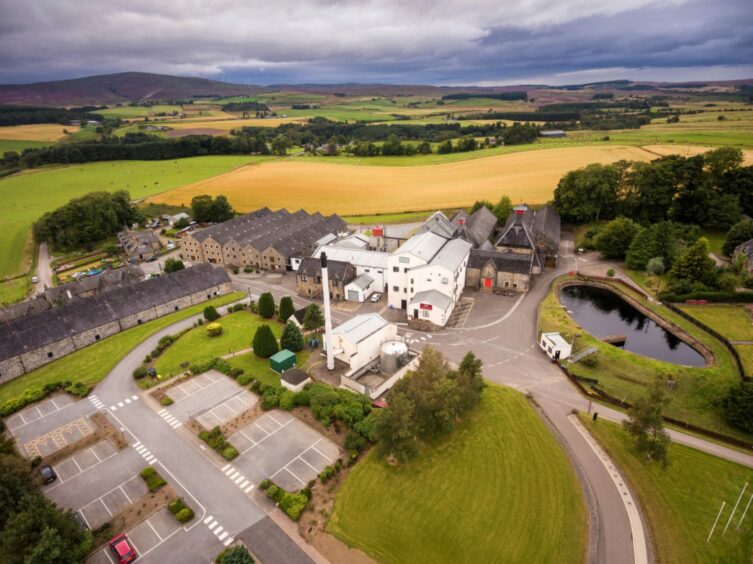
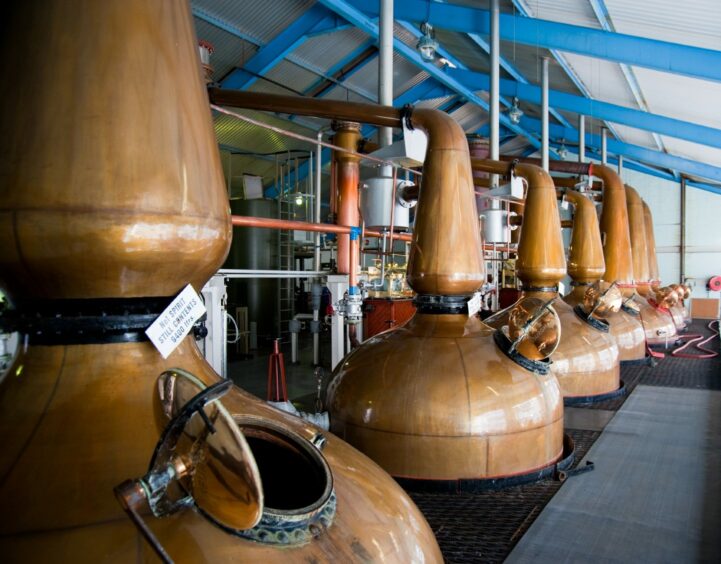


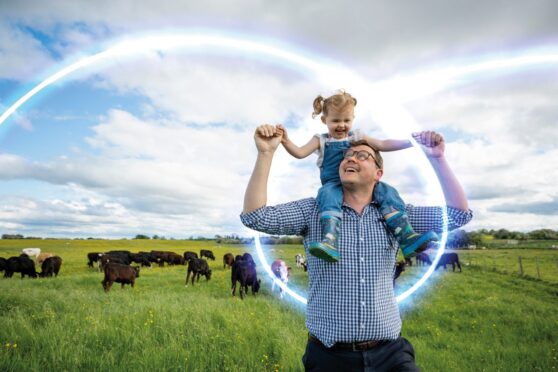

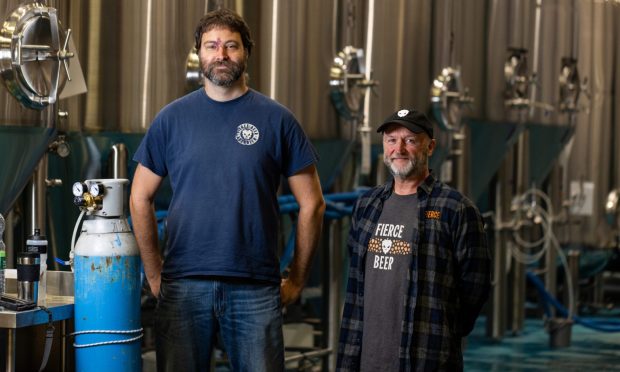

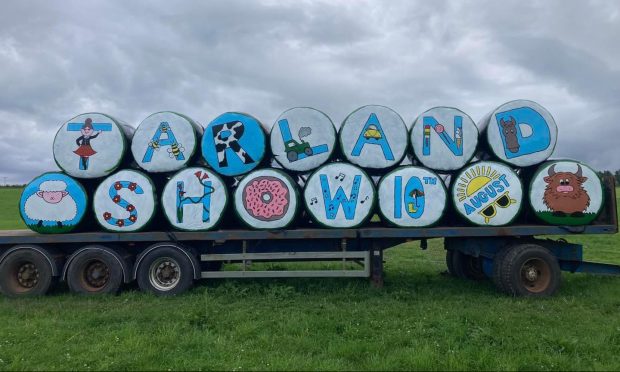
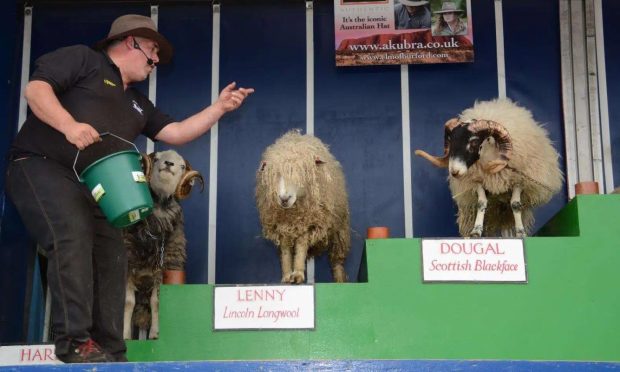
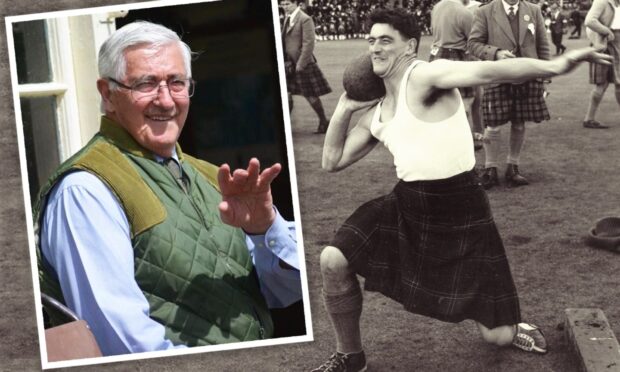

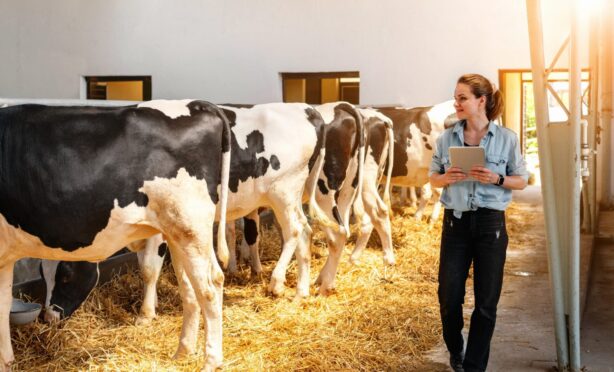
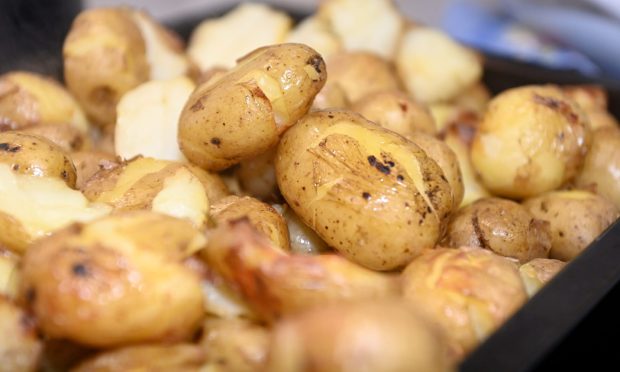
Conversation